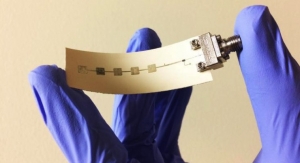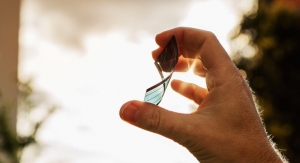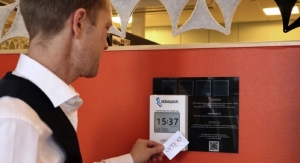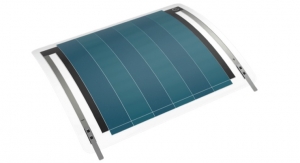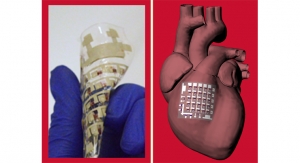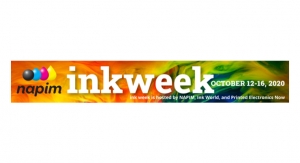Short battery life has been repeatedly cited as a big pain point for wearable devices and as a primary reason for their abandonment. Most recently, a survey by J.D. Power found that short battery life is the most common problem consumers have with their smart watch. While the perfect formula to achieve long battery life has yet to be cracked, developers are utilizing various approaches to enable their devices to last longer:
• Automatically switching to low-power mode. In this approach, the device identifies events during which the full-power consumption is not required. For example, PetSimple’s pet location tracking device uses proximity Bluetooth tracking to determine when a pet is in a safe area, and in such instances, the device enters a low-power mode where CDMA coverage and GPS tracking are not utilized. In this way, the company is able to offer a device with a battery of one month to three months, which it claims is 10x longer than competing technologies. Low-power components, such as the Wi-Fi chip developed by GainSpan, also fall within this category. Through the implementation of alternative chip architecture and algorithms, the company’s chip requires low power consumption when the device is asleep (260 nA compared to 4 µ required by Texas Instruments’ chip). Moreover, the chip’s ability to “wake up” from sleep mode in a relatively short time also conserves power.
• Energy harvesting. Energy harvesting can take place both on the component level and device level. On the component level, battery-less chips and microcontrollers like the ones developed by Psikick and Ambiq Micro require low power and solely use active power generated by thermal, solar and piezo harvesters. On the device level, a few energy harvesting wearables developers exist today, including EnergyBionics, maker of an analog watch that harnesses solar power, and SolePower Tech, maker of shoe insoles that harvest kinetic energy to power. All energy harvesting wearables that exist today harvest energy to be used by external devices (phones, GPS devices, lights). As energy harvesting technologies mature, however, they will likely become incorporated into wearable electronics capable of both harvesting and consuming energy.
• Opting for a primary battery. An example of a device with a primary, non-rechargeable battery is Moov, a fitness coaching wristband. By using a primary battery, which offers relatively high energy density and specific energy, the device is able to offer a six-month lifetime, which is 24-fold longer than the five- to seven-day battery lifetime offered by the rechargeable Fitbit Charge activity tracker, for example. While primary batteries don’t require frequent charging, they do require replacement, which impacts usability.
• Choosing a low-power display, or forgoing a display altogether. Display is one of the most power intensive components of electronic devices. Wearables like Moov that do not have a screen and rely on an external device to visually communicate information to the user boast longer lifetimes. Other devices use screens that require less power than full-color liquid crystal display (LCD) screens, for example black and white/grayscale E-Ink screens or organic light-emitting diode (OLED) screens (see the report “The Multi-Billion-Dollar Emerging Display Opportunities”).
• Using Bluetooth as the primary communication protocol. Bluetooth offers a low-power communication module, especially compared to power hungry alternatives like Wi-Fi and cellular (see the report “Understanding the Structure of Communication: Sorting Through the Protocols Behind the Industrial Internet”). Most wearable devices today already utilize Bluetooth Low Energy as a communication protocol; however, while Bluetooth offers lower power consumption, it is also less reliable and requires connectivity with an external device. As a result, many wearable electronics today do not function as standalone devices.
The choice of the appropriate power conservation strategy is largely application and use case dependent. For example, the usage of low-power Wi-Fi chips is beneficial for applications that are not always on, but is not well-suited for devices that need to carry ongoing functions, such as continuous disease monitoring.
Using Bluetooth as a primary communication protocol is well-suited for use cases where the wearable device is near a gateway device, but it compromises usability when carrying an external device becomes a burden, for example during exercise. Readers should carefully weigh the pros and cons of each power conservation approach to determine whether the impact on the usability of the device is appropriate for the targeted use case and application.
Noa Ghersin is a research associate for Digital Health and Wellness, Wearable Electronics, and Electronic User Interfaces Intelligence at Lux Research, which provides strategic advice and on-going intelligence for emerging technologies. Ghersin received her B.Sc. in biological engineering from MIT. For more information, visit Lux Research.
Blog
Designing Wearables that Last: Five Approaches to Conserving and Extending Battery Life
Automatically switching to low-power mode, energy harvesting, low-power display among possible solutions.
Noa Ghersin, Research Associate, Lux Research08.02.16
Related Breaking News
-
Breaking News | Photovoltaics
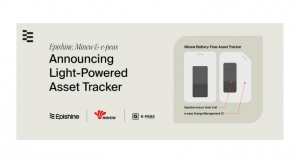
Minew Announces Credit Card-Sized, Battery-Free Asset Tracker
The asset tracker, which is powered by light, is scheduled for release at the end of the year.04.24.24
-
Breaking News
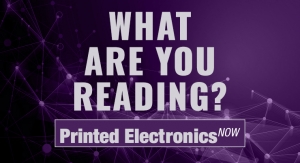
Weekly Recap: Infineon, Ambient Photonics, SEMI Top This Week’s Stories
These are the most viewed news on our site for the week ended April 19, 2024.04.20.24
-
Manufacturers News | Photovoltaics
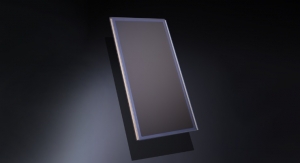
Ambient Photonics Brings Energy Harvesting Indoors
The company uses a process inspired by photosynthesis to provide a sustainable solution for the IoT and consumer electronics.David Savastano, Editor 04.15.24
-
Breaking News | Photovoltaics | Sensors and Wearables
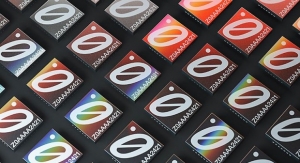
ONiO Provides Batteryless Microcontrollers for the IoT
ONiO.zero, ONiO’s batteryless microcontrollers, reduces environmental impact and eliminates the need for batteries.David Savastano, Editor 04.09.24
-
Breaking News | Manufacturers News | Photovoltaics | Sensors and Wearables
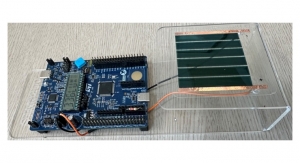
Dracula Technologies Joins ST Partner Program
Selected by STMicroelectronics for full autonomous MCU.04.09.24



